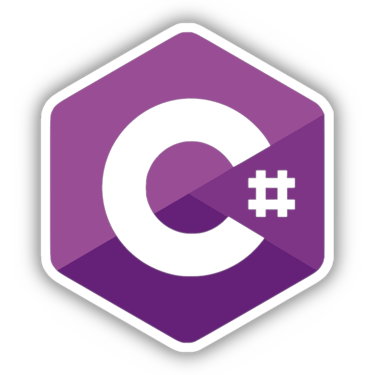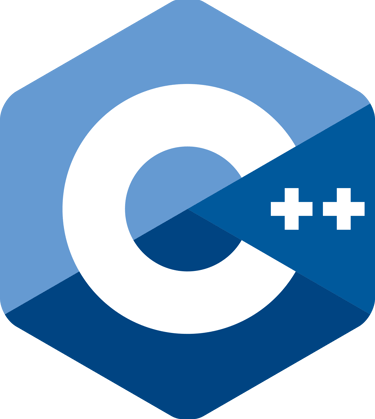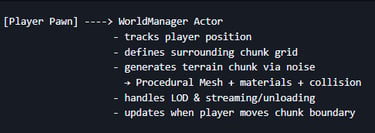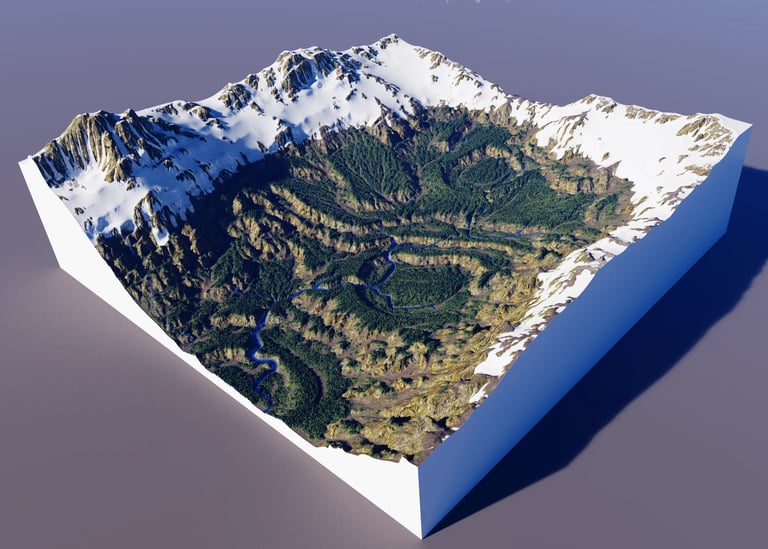My Projects with Info
Project with Explanations


Casino – C++ Card Simulation
This is a C# Windows Forms application that functions as a voice assistant, l named Cyrus
Here’s what it includes:
Voice Recognition:
Uses System.Speech.Recognition.SpeechRecognitionEngine to listen and interpret voice commands.
Speech Synthesis (Text-to-Speech):
Uses SpeechSynthesizer to respond verbally to user commands.
Graphical User Interface:
Built using Windows Forms (Form1.cs), allowing interaction through a GUI.
Web Automation Capabilities:
Imports OpenQA.Selenium and OpenQA.Selenium.Chrome, indicating it can use Selenium to control a
web browser (e.g., open sites, search the web).
Command Configuration:
Likely reads commands from Commands.txt to determine how to respond to specific inputs.
Technologies:
Technologies:
A console-based card game built in C++ that simulates a simplified casino betting system inspired by Baccarat rules. Players can bet on either the Banker or the Player, with each side drawing two cards. The goal is to reach a sum closest to 9, following specific draw rules for additional cards.
Implemented complete game logic using modern C++ features.
Designed a rule-based draw system that accounts for edge cases (e.g., natural hands of 8 or 9).
Built using Visual Studio with organized project structure for easy compilation and testing.
Focused on performance, readability, and gameplay clarity.
This project demonstrates my ability to build complete, logic-driven systems in C++, with a strong emphasis on rules implementation, conditional logic, and clean code structure.
Voice Assistant C#


Java Simple Banking Application
This is a console-based banking system written in Java that simulates basic banking functions for a single user.
Main Features:
Create a bank account (name + ID)
Deposit money
Withdraw money
View balance
Show previous transaction
Calculate interest over a number of years
Behind the Scenes:
It uses a loop and Scanner to interact with the user via the console.
A menu system (showMenu()) allows the user to choose what they want to do.
Each operation updates the account's balance and history accordingly.
Technologies:


WorldGenerater_Prototype
What the Code Does
Procedural Terrain Generation: It creates large-scale, seamless terrain at runtime using algorithms like Perlin or Simplex noise.
Biome & Cave Support: The system can segment terrain into different biome types (like desert, forest), and carve out caves or underground structures.
Runtime Mesh Generation: Employs Unreal’s ProceduralMeshComponent (or GPU-based procedural systems) to spawn terrain dynamically around the player.
Level of Detail & Streaming: As the player moves, the world generator streams terrain chunks in and out, adjusting resolution with distance for performance.
Destructible & Editable Terrain: Allows on-the-fly terrain editing or voxel-based modifications, with real-time updates to mesh and collision data.
Technical Highlights
Uses noise functions to create realistic, varied terrain.
Likely incorporates runtime mesh updates, sometimes leveraging GPU acceleration.
Handles cave tunnels and overhangs via 3D noise or voxel methods.
May include biome blending and foliage scattering across surfaces and ceilings.
Designed to be performance‑oriented, generating terrain around the player rather than precomputing entire worlds
How It Works (workflow overview)



Get in Touch
Feel free to reach out for collaboration or inquiries.
Portfolio
Showcasing skills in software and game development.
Achievements
Awards
Moumenjuma@gmail.com
+13474010245
© 2024. All rights reserved.







